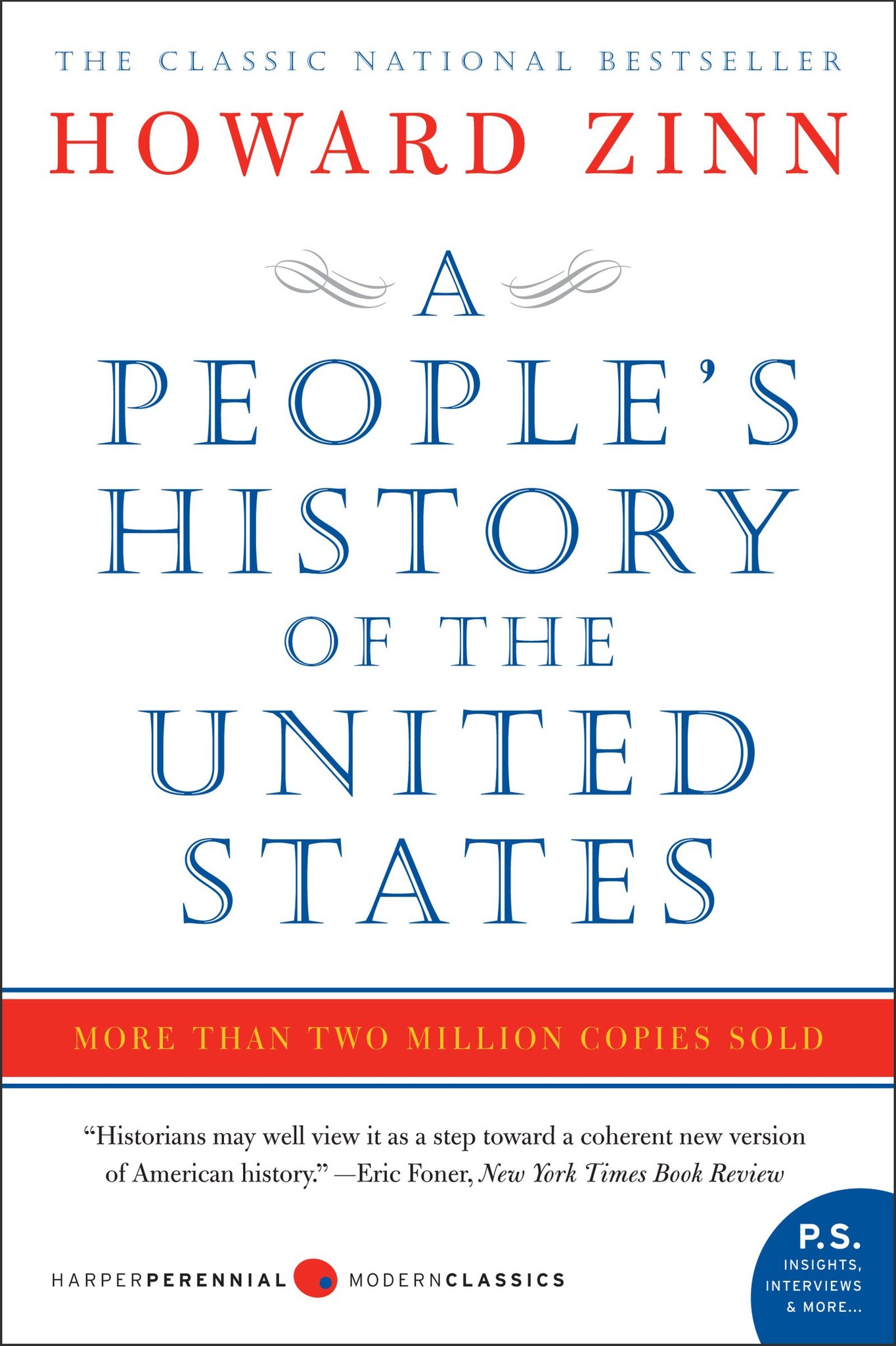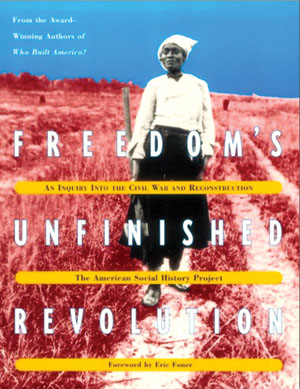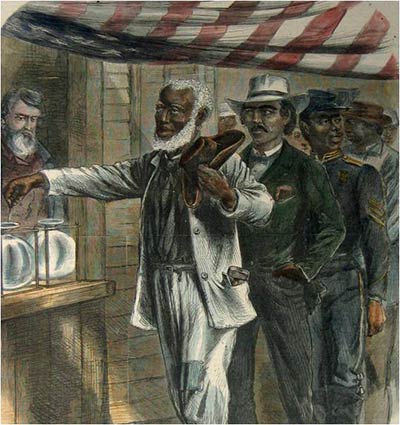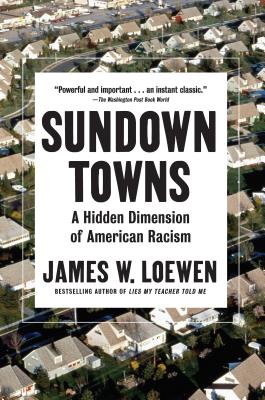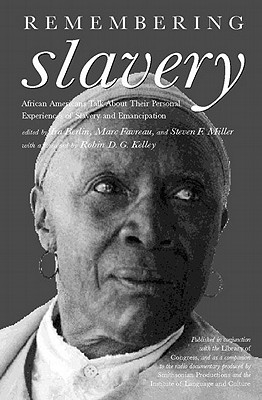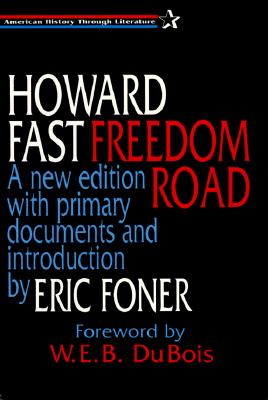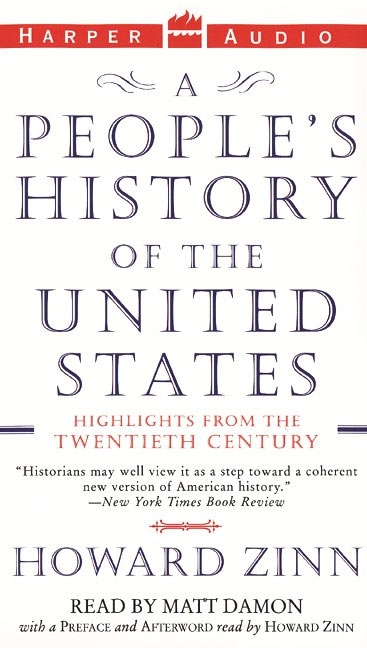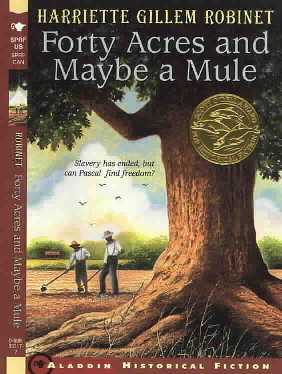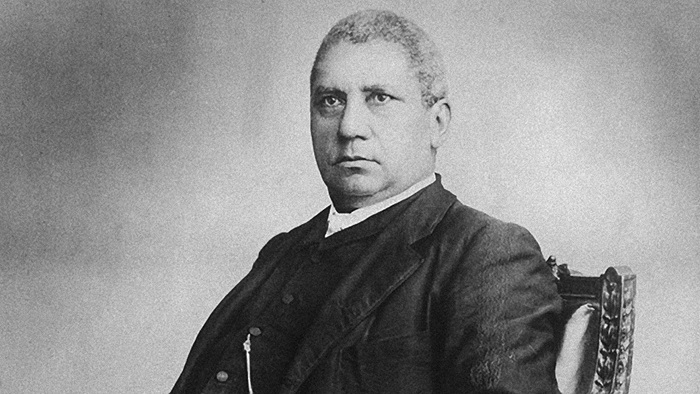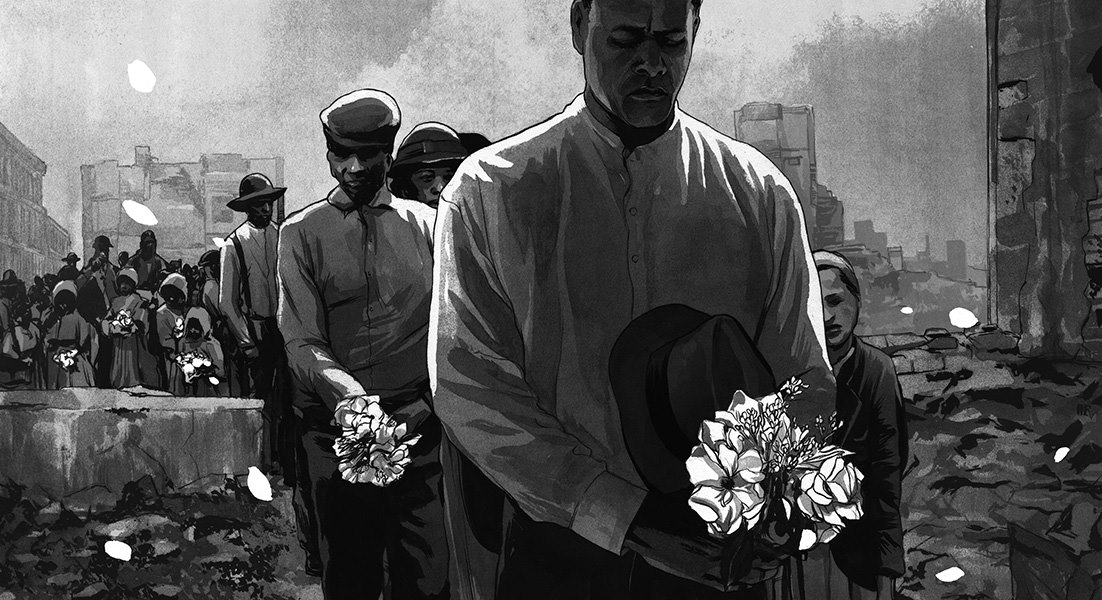A People’s History of the United States: 1492 – Present
Book — Non-fiction. By Howard Zinn. 2005, with a new introduction by Anthony Arnove in 2015. 784 pages.
Howard Zinn's groundbreaking work on U.S. history. This book details lives and facts rarely included in textbooks—an indispensable teacher and student resource.
Continue reading
Howard Zinn's groundbreaking work on U.S. history. This book details lives and facts rarely included in textbooks—an indispensable teacher and student resource.
Freedom’s Unfinished Revolution: An Inquiry Into the Civil War and Reconstruction
Teaching Guide. By American Social History Project with foreword by Eric Foner. 1996.
Primary documents, essays, and questions to teach the untold story of Reconstruction.
Continue reading
Primary documents, essays, and questions to teach the untold story of Reconstruction.
Freedom’s Unfinished Revolution: Teaching a People’s History of Reconstruction
Article. Background reading for teachers. By Bill Bigelow. 4 pages.
A review of Freedom's Unfinished Revolution, a collection of primary documents for high school on the Civil War and Reconstruction.
Continue reading
A review of Freedom's Unfinished Revolution, a collection of primary documents for high school on the Civil War and Reconstruction.
Sundown Towns: A Hidden Dimension of American Racism
Book — Non-fiction. By James Loewen. 2018. 592 pages.
Documents the history of towns across the United States that exclude African Americans (and other racial/ethnic groups) after sundown.
Continue reading
Documents the history of towns across the United States that exclude African Americans (and other racial/ethnic groups) after sundown.
Remembering Slavery
Book — Non-fiction and CD. Edited by Ira Berlin, Marc Favreau, and Steven F. Miller. Foreword by Robin D.G. Kelley. 2007. 359 pages.
Oral histories of first-person accounts of slavery.
Continue reading
Oral histories of first-person accounts of slavery.
Freedom Road
Book — Fiction. By Howard Fast. 1944. 294 pages.
The politics and economics of Reconstruction told through memorable historical fiction.
Continue reading
The politics and economics of Reconstruction told through memorable historical fiction.
A People’s History of the United States: Highlights from the Twentieth Century (Audio)
Audio. By Howard Zinn. Read by Matt Damon. 2003. 8 hours, 44 minutes.
Audio book version of excerpted highlights from A People's History of the United States.
Continue reading
Audio book version of excerpted highlights from A People's History of the United States.
Forty Acres and Maybe a Mule
Book — Fiction. By Harriette Gillem Robinet. 1998. 144 pages.
Historical fiction featuring 12-year-old Pascal, 8-year-old Nellie, and their older brother Gideon, a Union Army aide, as they claim and farm the land promised to them during Reconstruction.
Continue reading
Historical fiction featuring 12-year-old Pascal, 8-year-old Nellie, and their older brother Gideon, a Union Army aide, as they claim and farm the land promised to them during Reconstruction.
Henry McNeal Turner: “Eligibility of Colored Members to Seats in the Georgia Legislature”
Film clip. Voices of a People's History.
Henry McNeal Turner's "Eligibility of Colored Members to Seats in the Georgia Legislature" (1868), read by Danny Glover.
Continue reading
Henry McNeal Turner's "Eligibility of Colored Members to Seats in the Georgia Legislature" (1868), read by Danny Glover.
The First Decoration Day
Article. By David W. Blight. 2011.
The people's history of Memorial Day in Charleston, South Carolina during Reconstruction.
Continue reading
The people's history of Memorial Day in Charleston, South Carolina during Reconstruction.

